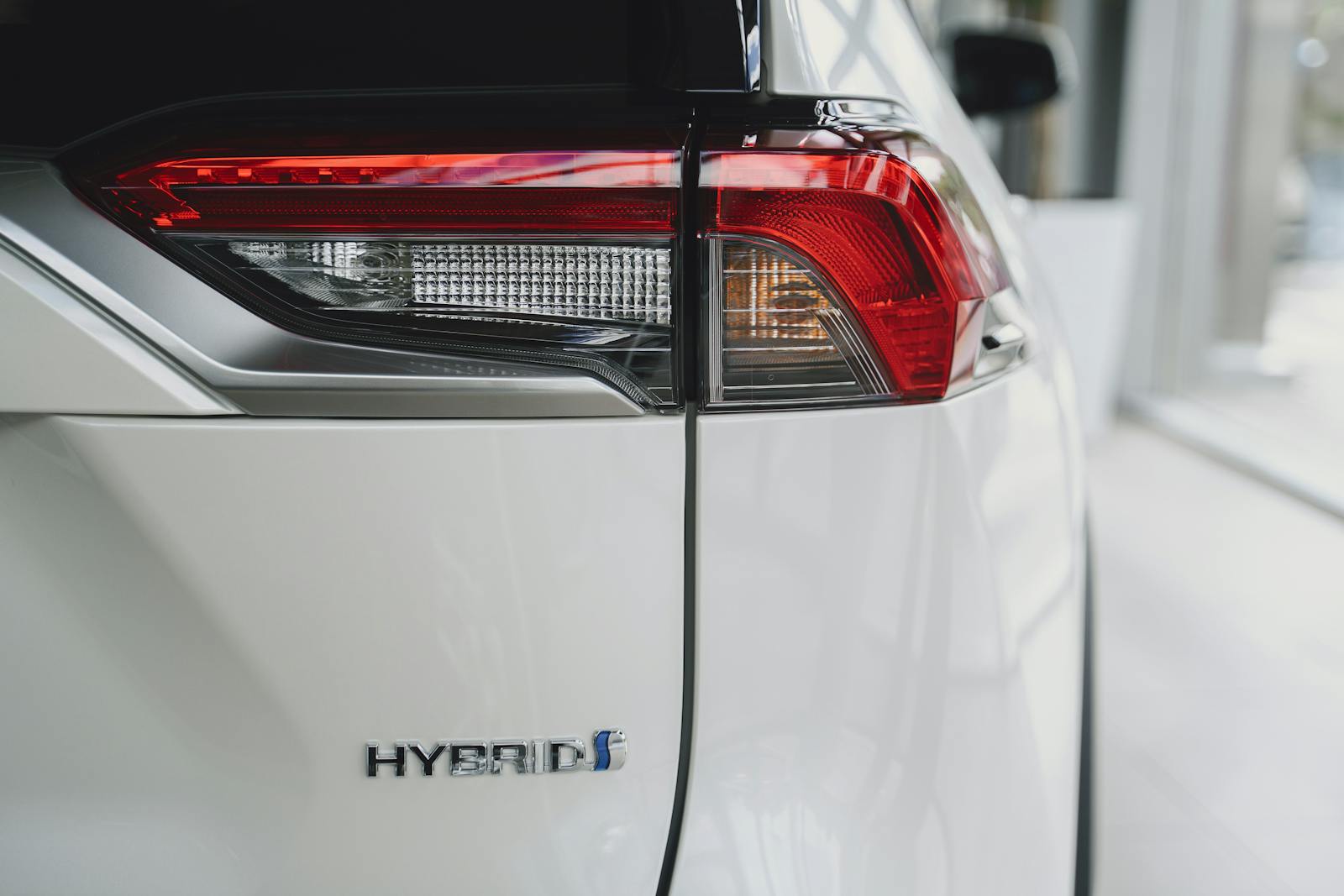
In an encouraging trend for eco-conscious drivers, a new report reveals that 15 popular car models can exceed their official fuel economy ratings by up to 20% under optimal driving conditions. This finding is significant for consumers looking to reduce fuel costs amid rising gas prices, which have recently averaged $3.80 per gallon in the United States. Understanding how to maximize fuel efficiency not only saves money but also contributes to reducing carbon emissions.
Understanding the Fuel Economy Ratings
Fuel economy ratings, often displayed as miles per gallon (MPG), represent the efficiency of a vehicle under standard testing conditions. However, real-world driving can yield different results based on a driver’s habits. The report indicates that by implementing specific driving strategies—such as maintaining steady speeds, avoiding rapid accelerations, and regular vehicle maintenance—drivers can significantly enhance their fuel efficiency. The 15 models listed in this report are not just fuel-efficient on paper; they have demonstrated potential for even greater efficiency in everyday use.
The Top 15 Fuel-Efficient Cars
The following vehicles have been identified as capable of surpassing their EPA fuel ratings by 20% or more, provided drivers adopt fuel-saving techniques:
1. 2021 Honda Accord Hybrid: This midsize sedan, known for its spacious interior, can achieve over 50 MPG combined when driven smoothly.
2. 2020 Toyota Camry Hybrid: With an EPA rating of 52 MPG combined, careful driving can push this model to the 62 MPG mark.
3. 2022 Hyundai Ioniq: The Ioniq is designed for efficiency, and drivers have reported achieving 60 MPG under ideal conditions.
4. 2021 Toyota RAV4 Hybrid: This compact SUV can reach 39 MPG combined, with some drivers noting averages closer to 47 MPG.
5. 2022 Ford Escape Hybrid: With its versatile design, this SUV can achieve around 41 MPG combined with optimal driving habits.
6. 2021 Kia Niro Hybrid: The Niro is a compact crossover that can exceed its EPA rating of 50 MPG with a consistent driving style.
7. 2023 Lexus UX 250h: This luxury hybrid SUV offers a combined efficiency of 39 MPG, with reported real-world figures reaching 47 MPG.
8. 2021 Subaru Crosstrek Hybrid: This all-wheel-drive hybrid can achieve up to 35 MPG when driven conservatively.
9. 2022 Toyota Prius: Renowned for its efficiency, the Prius can reach upwards of 60 MPG in everyday driving conditions.
10. 2020 Volkswagen Jetta TDI: Diesel engines often provide better fuel economy; this model can achieve 50 MPG combined with good driving practices.
11. 2021 Chevrolet Malibu Hybrid: Capable of 46 MPG combined, some drivers have reported exceeding this rating by a considerable margin.
12. 2022 Honda Insight: This compact sedan can easily push past its 52 MPG rating with efficient driving techniques.
13. 2021 Nissan Rogue Hybrid: With a combined rating of 33 MPG, drivers can push this vehicle to achieve around 40 MPG.
14. 2022 BMW 330e Plug-in Hybrid: This luxury sedan can achieve an impressive 75 MPGe combined when driven thoughtfully.
15. 2021 Volvo XC60 Recharge: This hybrid SUV has a combined efficiency of 57 MPGe, with potential for even higher performance under ideal conditions.
Driving Techniques to Maximize Fuel Efficiency
To achieve these higher MPG figures, drivers should consider several key techniques. Maintaining a steady speed—ideally between 45-55 mph—can significantly improve fuel economy. Rapid acceleration and hard braking waste fuel, so gradual acceleration and early braking are recommended. Additionally, keeping tires properly inflated and reducing excess weight in the vehicle can help maintain optimal fuel efficiency.
The Financial Implications
With gas prices fluctuating, saving money on fuel can have a substantial impact on a household’s budget. For instance, a driver who travels 15,000 miles per year in a vehicle that averages 30 MPG
